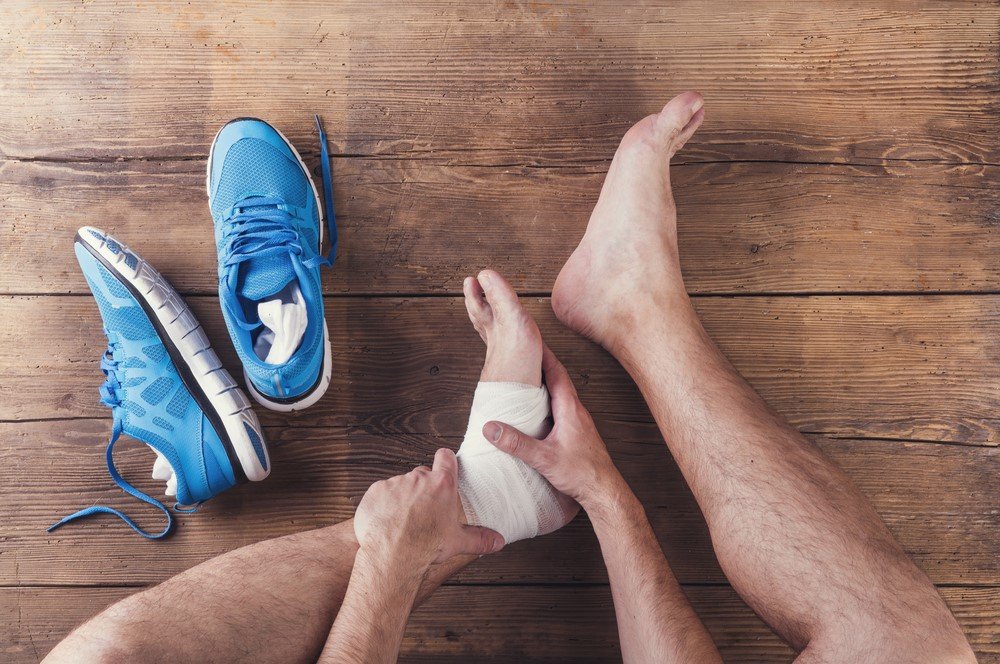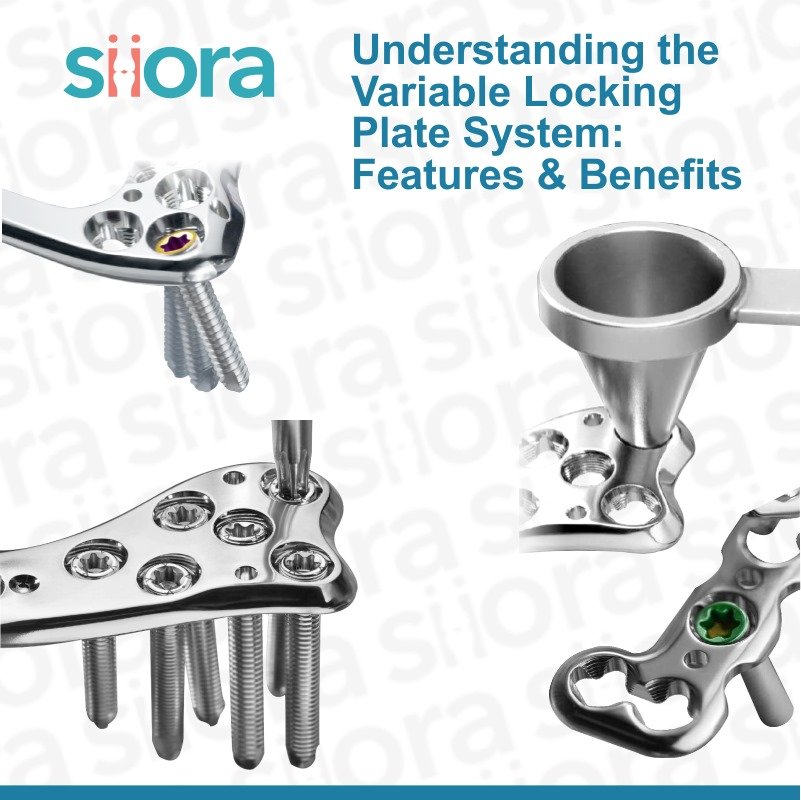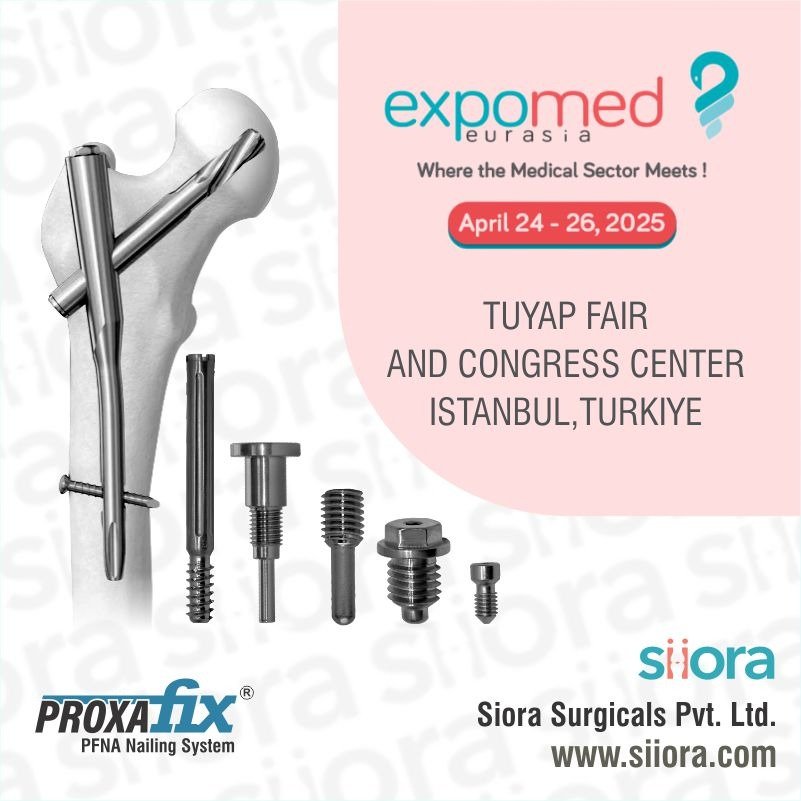The indications and clinical need for routine hardware removal after treating ankle or distal tibia fracture with open reduction and internal fixation are doubtful even when hardware-related pain is unimportant. The article reviews a study carried out on the subject.
Purpose of Study
Distal tibia and displaced ankle fractures are among the most common fractures of the extremities. They are usually treated by open reduction and internal fixation (ORIF). Though, whether hardware should be routinely removed after bony union has been attained and in the absence of substantial hardware-related pain is controversial, in part as few studies have addressed this question.
Pain from soft tissue irritation when ordinary activities resume after fracture healing is typical sign for removing implants from adults. The concerns with retaining metal implants are deep late infection, hardware migration, metal allergy or toxicity, tumorigenicity, metal failure, and secondary fracture at plate ends. Though, the suggested indications for hardware removal in surgical textbooks varies. Recently, a person named Hanson et al. reported that several surgeons favor leaving Trauma implants in situ and are unconvinced of clinically significant adverse effects, but this report defined only surgeons’ opinions and practice patterns and didn’t consider the topic from the perspective of patient.
Orthopaedic implants used included 3.5 mm cortical screws, one-third tubular plates, 4.0 mm partial-threaded cannulated screws, and/or locking compression plates for treating all these fractures.
The study included patients who had been already initially treated by ORIF as well as enrolled consecutive 80 ankle or distal tibial fractures that underwent hardware removal after fracture bony union.
Patients with intra-articular distal tibia fractures were excluded as intra-articular joint pain could confound the consequences.
Hardware removal was routinely suggested only after a noneventful course as well as radiographically confirmed bony union, often about 1 year after surgery, even when hardware-related pain or ill-defined ankle discomfort was nominal. Hardware wasn’t removed from the patients with age of more than sixty-five years considering the life expectancy. Patients were followed up for at least six months after removal.
Result of Study
Pain score before removal of hardware was 3.4 (range 0 to 6) and decreased to 1.3 (range 0 to 6) after removal. 58 (72.5%) patients experienced better ankle stiffness and 65 (81.3%) less discomfort while walking on uneven ground and 63 (80.8%) patients were satisfied with hardware removal.
These results propose that routine hardware removal after ankle or distal tibia fracture could better hardware-related pain and improves daily activities as well as patient satisfaction even when the hardware-related pain is minimal.
The occurrence of late pain at fracture hardware sites as well as rate of hardware removal for late pain for ankle or distal tibia fractures aren’t also well documented. Furthermore, little information is available on the relative merits of hardware removal after ORIF, and almost no studies have considered the change of patients’ functional status associated with everyday activities after routine hardware removal. The purpose of the study was to know the clinical effects in the patients’ perspective of routine hardware removal after bony union of ankle or distal tibia fractures, regardless of the degree of hardware-related pain.
STUDY
The clinical effects of routine hardware removal regardless of the degree of hardware-related pain, particularly in the perspective of patients’ daily activities was evaluated.
Institutional Review Board approval was got for this study and informed consent was attained from all patients involved.The study was conducted on 80 consecutive cases (78 patients) healed by surgery and hardware removal after bony union. There were 24 distal tibia and 56 ankle fractures. The hardware-related pain, ankle joint stiffness, patient satisfaction and discomfort on ambulation, were evaluated before and at least six months after hardware removal.








